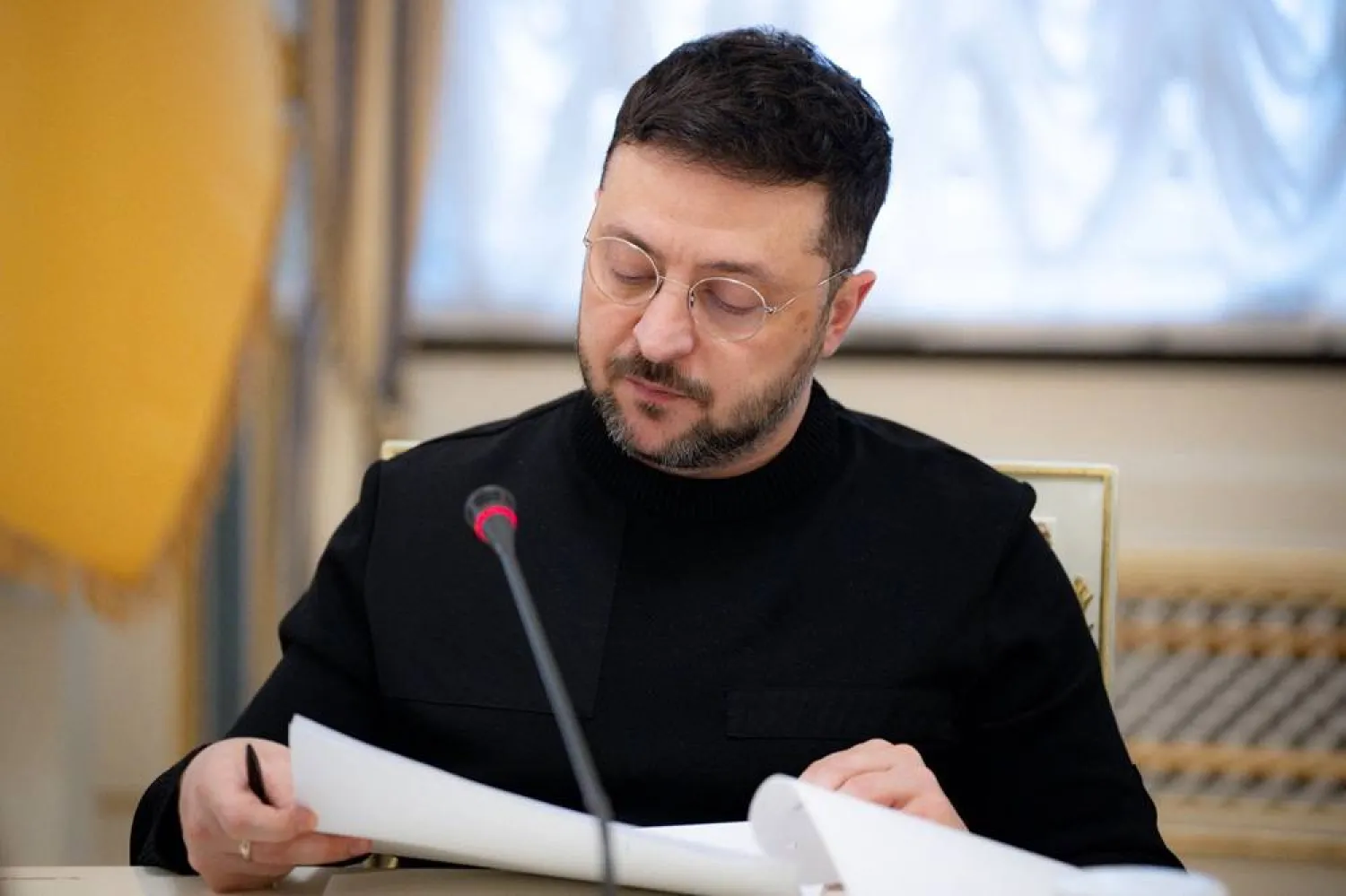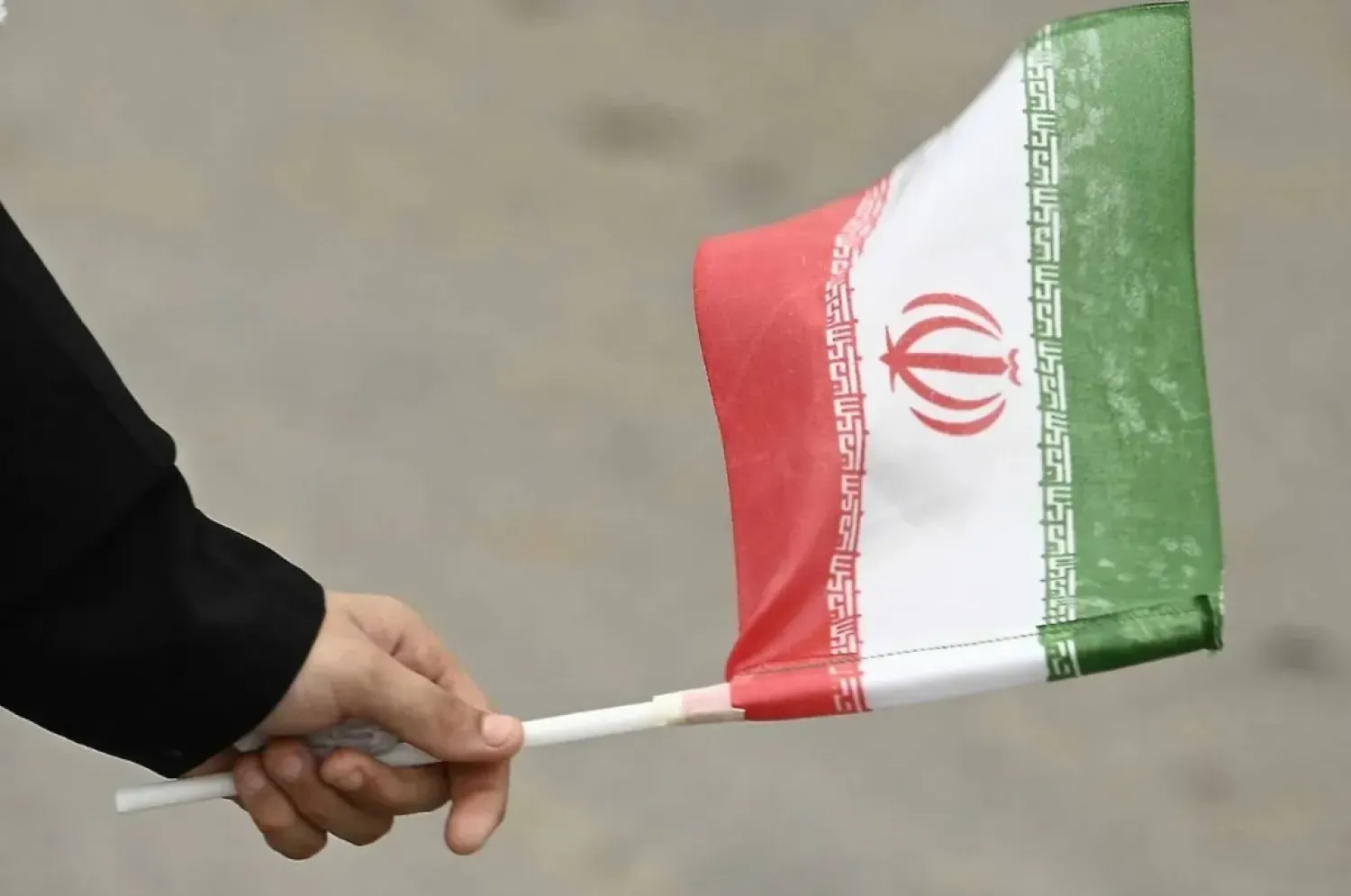A Turkish drill ship has left the area where it was operating southwest of Cyprus and reached Turkey's coast for maintenance in a move the European Union said would help ease tensions in the Eastern Mediterranean.
Refinitiv tracking data showed the Yavuz vessel reached shore and the Energy Ministry said it would now prepare for work in a new location.
EU member Cyprus' internationally recognized Greek Cypriot government has long been at loggerheads with Turkey over the demarcation of maritime waters and other issues. Turkish vessels began drilling for oil and gas near Cyprus last year.
EU leaders last Friday assured Cyprus the bloc would punish Turkey if it continues drilling in disputed Mediterranean areas, after resisting Cypriot calls to impose sanctions on Ankara.
The Yavuz was to be operating southwest of Cyprus until Oct. 12. Greece, a close ally of Cyprus, had called the work provocative.
The ship finished work at the Selcuklu-1 well on April 24 and returned to Tasucu Port, the energy ministry said. "Following preparatory work at the port, Yavus will continue drilling operations in a new location," it said.
A spokesman for the EU executive, the European Commission, said: "The departure constitutes another welcome step towards de-escalation ... and we hope for similar and further moves in this direction."
"It's an important signal," he told a regular briefing.
Turkish seismic research vessel Barbaros Hayrettin Pasa remains off southeastern Cyprus and its operations there have been extended to Oct. 18.
Regional tensions simmered after Turkish and Greek frigates collided at sea in August near a Turkish exploration vessel, but calmed after Turkey and Greece agreed to resume bilateral "exploratory talks" that ended in 2016.
NATO announced last Thursday that Greece and Turkey, both alliance members, had set up a "military de-confliction mechanism" to avoid accidental clashes at sea.
The island of Cyprus was split after a 1974 Turkish invasion spurred by a brief coup engineered by the military then ruling Greece.
Turkey has no diplomatic relations with Cyprus and instead recognizes a breakaway Turkish Cypriot state in the north of the island.









